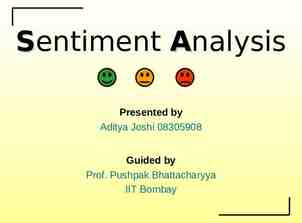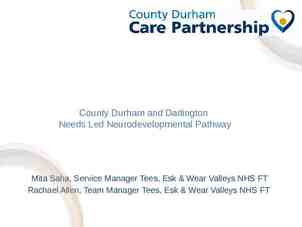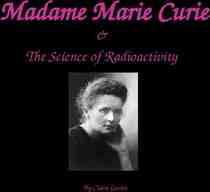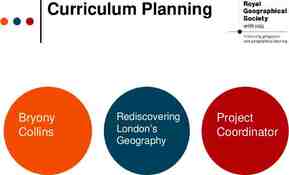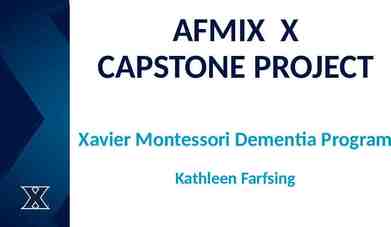“ Energy Efficiency and Intelligent Buildings ” CBA conference
12 Slides6.94 MB

“ Energy Efficiency and Intelligent Buildings ” CBA conference – Cambridge – May 2006 Jean-Christophe HUTT Innovation & Technology for Energy Efficiency, Services Division Building a New Electric World

Energy Efficiency, a rising concern Generation capacities and grids Deregulation Deregulation of both production and supply of gas and electricity (while transmission and distribution remain regulated) implies to build new business models significantly different from traditional ones Huge investment ( 16 trillion worldwide) is needed involving an increase in price of both gas and electricity Demand is booming Energy Efficiency Because of the lack of electricity generation capacity, peak prices are becoming very high and volatile Policy and environment Kyoto protocol implementation involves new constraints to be integrated in today’s utility business models MIT / CBA Conference / May 10, 2006 Natural resources (oil & gas) are declining In the consumption regions such as Europe and North America, energy sourcing is becoming crucial and focuses major attention of key energy players 2

Energy Efficiency has implications along the complete Energy value chain (1/2) On the Supply Side Optimize T&D infrastructure Deploy efficient substation automation Upgrade to smart metering solutions Optimize quality and availability of supplied power Measure and improve delivered power quality Implement DG in frequently congested areas Influence demand consumption Introduce new tariff structures and smart revenue metering Implement AMR Provide customers with accurate and relevant consumption data Establish DR/DSM programs Deploy modern IT infrastructure MIT / CBA Conference / May 10, 2006 High speed telecoms infrastructure Modern Energy Information Systems 3

Energy Efficiency has implications along the complete Energy value chain (2/2) On the Demand Side Act on Users Educate people on efficient use of energy Act on business related procedures Act on loads Replace, renovate aging loads (lighting, motors, HVAC, ) Implement intelligent load control (variable speed drives, regulation systems, lighting control, .) Optimize quality and availability of on site power Measure and improve on site power quality Implement backup generation Exploit co-generation means Optimize supply costs MIT / CBA Conference / May 10, 2006 Use the right tariffs according to specific load profile Participate in DR/DSM programs Resell excess power 4

Buildings are a major source of demand side energy efficiency Energy Demand in the EU in 2000 Buildings consume over 40% of total energy in the EU and US Transport 31% Residential / Commercial 41% Between 12% and 18% by commercial buildings the rest residential. Implementing the EU Building Directive (22% reduction) could save 40Mtoe (million tons of oil equivalent) by 2020. Industry 28% Consumption profiles may vary but heating, cooling and lighting are the major energy users in buildings Retail Buildings 37% Lighting 30% Space Heating 10% Space Cooling 6% Water Heating 17% Other MIT / CBA Conference / May 10, 2006 Healthcare Buildings 28% Water Heating 23% Space Heating 16% Lighting 6% Office Equipment 27% Other Water heating is a major element for healthcare, lodging, and schools. Lighting and Space Heating are the major elements for commercial and retail buildings. 5

Let’s dream : tomorrow’s energy efficient buildings would have A structure and walls of such insulation performance that only 50 kWh/m2/year would suffice to achieve ideal thermal comfort All of its equipment to the optimal energy performance level (lighting, HVAC, office devices, ) Intelligence everywhere that would seamlessly handle energy usage optimization whilst guaranteeing optimal comfort, a healthy environment and numerous other services (security, assistance to elderly people, ) Renewable and non polluting energy sources The ability to satisfy its own energy needs (thermal and/or electric) or even contribute excess power to the community (zero/positive energy buildings) Users whose behaviors would have evolved towards a reasoned usage of energy MIT / CBA Conference / May 10, 2006 6

Envelope & structure of buildings are very efficient : less than 50 kWh/m2/year are needed for an ideal thermal comfort New insulation materials: thinner and able to store energy nano porous silica phase change materials wall Effective treatment of thermal bridges (junctions between walls, metallic structures, aluminium frames) : this can yield up to 30% reduction of thermal losses balls of paraffin support coating Highly insulating and active glazing : Vacuum double glazing : energy loss 0,5 W/m2/ C – wall equivalent Thermo chromium : variable heat flow between 20 to 60 % MIT / CBA Conference / May 10, 2006 7

Equipment (lighting, HVAC, consumer appliances) are more & more energy efficient Lighting efficiency with LEDs : from 20 toward 150 lumen / W Consumer appliances : Appliances complying with the energy performance labels are from 10 to 40% more efficient Heat pumps : from 20% to 25% of performance increase with speed driven compression motor MIT / CBA Conference / May 10, 2006 8

Intelligence is everywhere in buildings : for usages optimization, for comfort, for health, for services Shutters, lighting, HVAC collaborate to reach global optimization : increase of more than 10 %global energy efficiency Sensors provide information of air quality (pollution, microbes, ) and smart ventilation insure health Weather prediction are integrated in control MIT / CBA Conference / May 10, 2006 9

Turning the dream into a commercially deployable solution Examples of available solutions - R&D fields related to Energy Efficiency Operation 50% Construction & Finance 25% Offering solutions to optimize energy use in existing buildings and guarantee efficiency over time Alterations 25% 75 % of the life cycle costs of a building are in the operation and alterations of the facility over 25 years. Renovations in existing buildings can yield energy savings of up to 30%. Long term sustainable maintenance offering preventive maintenance can keep those savings in place Innovative solutions delivering energy efficiency in new constructions MIT / CBA Conference / May 10, 2006 New concept of integrated power and control building infrastructure with distributed intelligence Innovative lighting solutions based on LED technology Advanced autonomous sensors and actuators Smart integration of local distributed generation means 13

Tomorrow's energy efficient buildings will require additional processing power at all levels of its infrastructure MV/LV transformer station Site engineer Building automation Service provider (ASP) Energy management expert Remote access Maintenance engineer Main LV switchboard Main LV Switchboard LV panel Ultra terminal devices MIT / CBA Conference / May 10, 2006 14

“ Energy Efficiency and Intelligent Buildings ” Thank you for your attention Building a New Electric World

